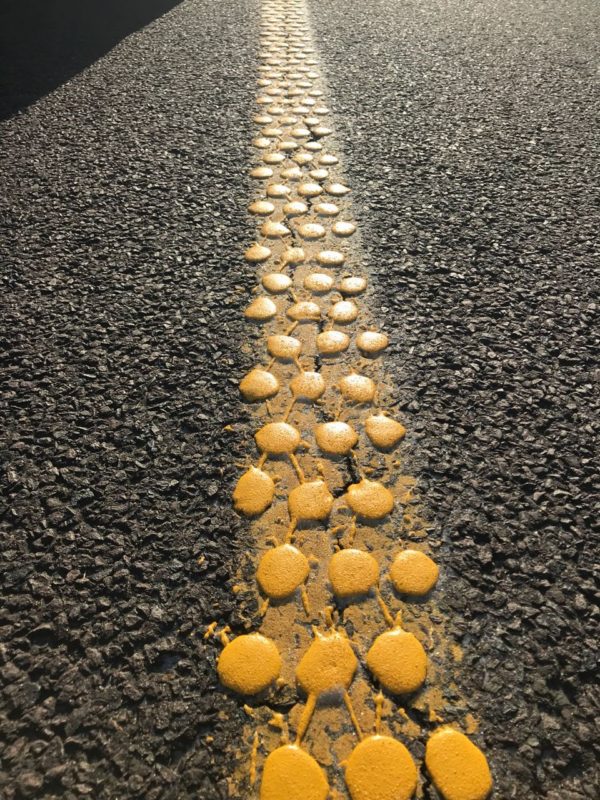The strips, which replace traditionally smooth painted road markings, cause a tactile vibration and audible rumbling.

There is nothing like a sudden rumble to alert inattentive drivers of potential danger when they drift from their lane.
Hence the South African National Roads Agency (SOC) Limited (SANRAL) has authorised rumble strips – also known as sleeper lines, alert strips and wake-up calls – to be painted on the shoulder lines and between undivided dual carriageways of the N2 and N3 around Durban.
Vibration and audible rumblings
The rumble strips, which replace traditionally smooth painted road markings, cause a tactile vibration and audible rumbling to be transmitted through the wheels into the vehicle interior.
The rumble strips are little balls of plastic paint dropped onto the road surface, which create a whining or humming noise when traversed by a vehicle tyre.
International studies have shown that run-off-road (ROR) crashes can account for a large majority of the fatal single-vehicle crashes.
ROR crashes are due to inattention, speeding, traction loss, over-reaction, crash avoidance and mechanical failure. Rumble strips only prevent ROR crashes due to inattention.
New Zealand began using rumble strips since the late 1980s and has reported a reduction in ROR crashes by up to 80%.
Hugh Brooks, SANRAL Eastern Region project manager, said rumble strips were used where there were very high volumes of traffic and where driver concentration was crucial.
“Centreline rumble strips are used on undivided highways to reduce cross-over incidents and the resultant head-on collisions.
“Shoulder rumble strips are used primarily to reduce run-off-road collisions. They alert distracted or drowsy drivers that they are leaving the roadway or crossing the centreline of the road,” he said.
Joos Joubert of Lanino Traffic Markings, which has applied the rumble strips, said the innovative warning system was developed in Norway.
Rumble drop markings
He said the textured marking called Rumble Drop Markings (RDM) cause a noise when you drive over it and can be seen in the rain at night.
Joubert said: “RDM consist of 25 to 50mm thermo-plastic drops that are 3mm high. Normal road markings provide only day-time visibility. If there are no street lights, the road markings are almost invisible.
“On national and provincial roads, glass beads are applied on top of the wet paint and provide night time visibility. This effect is accomplished by the refractive index of the beads sending light rays back to the light source.
“These road markings provide very good visibility during day time and night time, but as soon as any rain falls on the road markings the water covers the beads and the markings will not be visible at night.”
With RDM the water drains instantly off the road markings and protruding beads, providing visibility at night and in wet conditions.
He said there had been no complaints about the rumble strips – only compliments.

